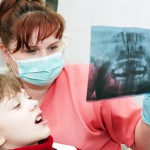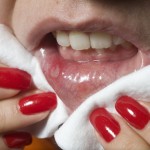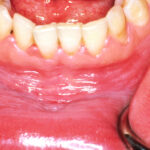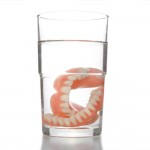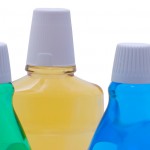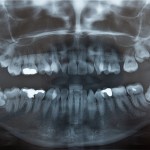
This review comparing the effectiveness of articaine and lidocaine for lower third molar surgery included 14 RCTs. The findings suggest that articaine is superior to lidocaine for use in lower third molar however the available are small so additional larger high quality studies would be helpful to strengthen the evidence.
[read the full story...]